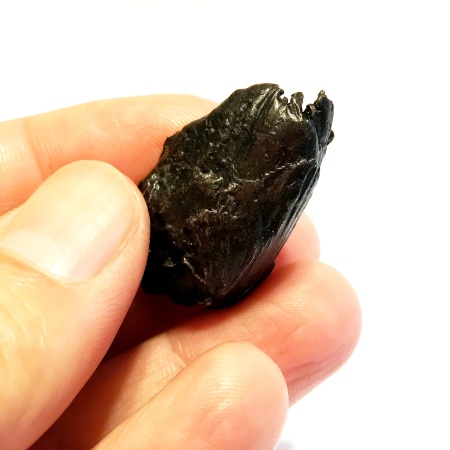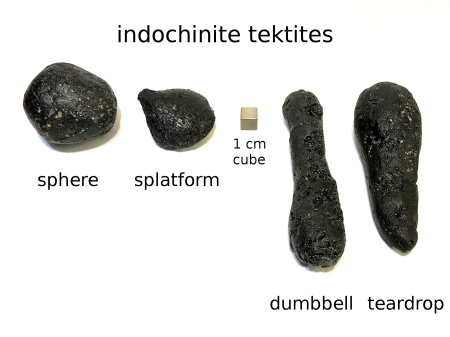
Storing (and transporting) my meteorite collection
October 18, 2020I finally got around to organizing my (small) meteorite collection. I don’t have the space for a display cabinet right now, and when the pandemic lifts I’d like to be able to easily transport everything to schools and club outreach events, so I got a couple of HDX storage cases from the toolbox section at Home Depardieu. I think these things are the bee’s knees. They’re big, sturdy, and dirt cheap–right now you can get two cases, which lock together with the side tabs, for ten bucks. Best deal going. I got a couple of sets for Vicki, to help organize her histology slides, and they’re working great for her, too. I’m tempted to buy a bunch of them just to have them on hand in case they ever stop making them or jack up the price.
I cut bubble wrap to fit and taped it into the lids, padded the little cubbies, put cards at the back of each cubby with info on each specimen, and every time I get silicone gel packets with anything I toss them in the front of the case.
I did the same for my impactites. At the meteorite show-and-tell at a PVAA general meeting a couple of years ago (described here), the sight of Ken Elchert’s monster tektite really fired my interest, and I went on a little tektite-collecting binge.
Here are my indochinites, from an impact in Southeast Asia, about 780,000 years ago, that produced the Australasian strewn field (australites, indochinites, philippinites, rizalites).
And here are the rest. The philippinite is from the same impact as the indochinites, it just flew further. The australites flew the farthest of all, and as they re-entered Earth’s atmosphere (yeah!) their front edges melted and flowed to produce perfect little aerodynamic heat-shield shapes called ‘buttons’. Real ones are a little outta my price range right now, but I got a nice cast of one from Gary Fujihara on eBay (here’s his store). The bediasite is a personal favorite–it’s from the impact 35 million years ago that gouged out Chesapeake Bay. That tektite was sitting in east Texas for more than half of the Age of Mammals before someone recognized it and collected it.
Why am I so fascinated by tektites, in particular? I think it is the diversity of shapes. Tektites are travelers in space and time, a frozen snapshot from the moment that a giant rock from space slammed into our planet. Each one is unique, and its shape tells a story about its flight through the atmosphere and subsequent erosion. Tektites embody everything that interests me: space, time, astronomy, geology, aerodynamics, and the history of our planet.

Not a tektite: a 31g piece of nickel-iron shrapnel from the Sikhote-Alin airburst in 1947. See this post for more details, and photos of a bigger piece.
Parting shot: I have a question about storage. Right now I’m just using cotton balls for padding in my cases, because they were fast and cheap. Are there any downsides to using cotton balls over the long run? Should I spring for some Polyfil, or other artificial fiber? I live in a fairly dry climate and mold and mildew are generally not problems. Thanks in advance for any wisdom!




Boy, did I miss out a few years ago when they were selling meteorite dust at NEAF! They had swept up the dust from cutting up meteorites that came from the Moon, Mars and Vesta and put them in little bubbles in an index card. It wasn’t much and you couldn’t touch the dust, but I should have gone for the coolness of having the Moon, Mars and an minor planet in my pocket!